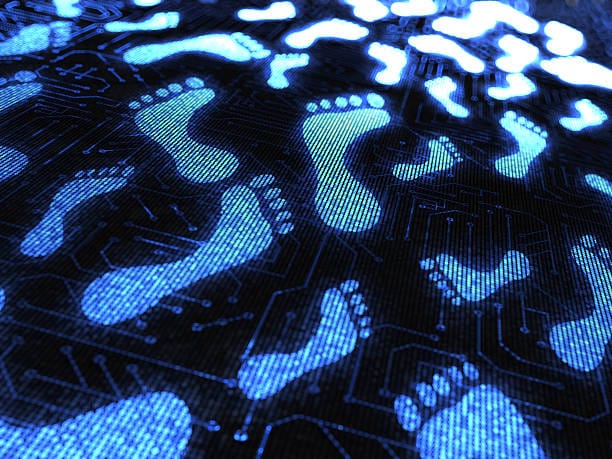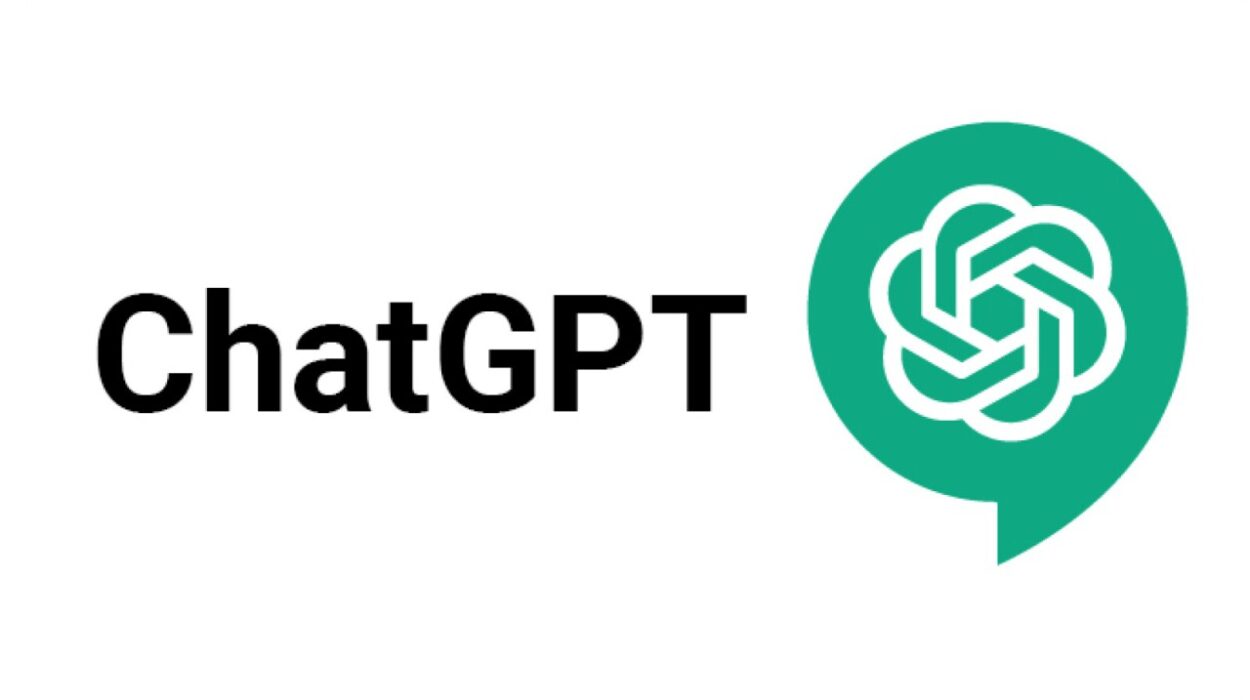Every step you take online leaves a trace. It’s invisible to the naked eye, yet it stretches across continents, servers, and data centers — a living archive of your digital life. This is your digital footprint, the record of every website visited, every social media post shared, every search typed in haste or curiosity. Unlike footprints in the sand, these do not wash away with the tide.
Most people don’t realize they are creating this trail until they try to erase it and find that erasure is far harder than creation. The internet remembers. In ways both beautiful and frightening, it remembers who you were yesterday, last year, even a decade ago. That photo from high school? Still somewhere in a forgotten server. The account you created for an online store you used once in 2011? Probably still storing your email address.
Your digital footprint is the sum of all these moments — a mosaic built from fragments of your online existence. Some of these fragments are harmless, even flattering. Others, however, can compromise your privacy, security, and reputation.
The Two Faces of a Digital Identity
Your online identity is not a single, fixed profile. It is a blend of the intentional and the unintentional. The intentional side is everything you deliberately put online: your LinkedIn profile, your carefully chosen Instagram photos, your blog posts, your professional website. These are the digital equivalents of dressing up for a job interview — curated, polished, presented with purpose.
The unintentional side is trickier. It’s made up of the data collected about you without your active participation: your browsing history logged by search engines, your location data tracked by apps, the metadata embedded in your photos, and even the patterns of your online behavior. These pieces of information are often invisible to you, but highly valuable to advertisers, marketers, and in some cases, malicious actors.
The truth is, both sides — intentional and unintentional — merge into one continuous identity in the eyes of those who view you online. Employers, acquaintances, governments, and strangers alike see a composite picture that may or may not reflect the reality of who you are.
The Emotional Weight of a Digital Past
A digital footprint is not just a technical concept; it has deep emotional consequences. Think of the regret that comes from a late-night post made in anger, the shame of an old photo resurfacing at the worst possible moment, the helplessness of realizing that personal data has been leaked in a breach.
For many, the internet has become a second memory — one that refuses to forget. Unlike human memory, which fades, digital memory is permanent unless actively erased. And erasing is no simple task. Even if you delete a post, screenshots and cached pages can preserve it elsewhere.
This permanence means that your past self — with all their flaws, mistakes, and learning moments — can haunt your present. For teenagers growing up entirely online, this is especially daunting. They inherit not only the possibility of future missteps but also the burden of an already documented childhood.
How Your Digital Footprint is Built Without You Knowing
You may think that if you avoid posting personal details, you’re safe. The reality is far more complex. Your footprint grows even when you do nothing deliberate.
When you browse a shopping site, cookies record what you viewed. When you check in at a café on social media, GPS data attaches itself to your post. When you upload a photo, the file may include metadata revealing the exact time and location it was taken. Even your friends contribute to your footprint when they tag you in photos or mention your name in a comment.
Behind the scenes, companies exchange and aggregate this information. Data brokers purchase it, analyze it, and resell it. They build detailed profiles that can include your purchasing habits, political leanings, travel patterns, and even predictions about your future behavior. All of this happens in a digital undercurrent that most users never see.
The Fine Line Between Transparency and Privacy
We live in an era where openness is celebrated. Social media encourages sharing life’s milestones, thoughts, and even everyday routines. Employers value transparency, and personal branding has become a career strategy. Yet the more you share, the more vulnerable you become to having that openness misused.
There is a delicate balance between visibility and privacy. Too much secrecy can make you invisible to opportunities; too much openness can expose you to exploitation. The art of controlling your digital footprint lies in walking this fine line.
Why Control Matters More Than Erasure
When people first realize the scale of their digital footprint, their instinct is often to delete everything. While this impulse is understandable, it’s not always practical or even beneficial. Some digital traces — like professional achievements, published articles, and thoughtful social media engagement — strengthen your reputation.
Instead of trying to vanish, it’s wiser to control the narrative. Think of your digital footprint as a garden. Some plants you want to nurture; others you need to prune; and some weeds must be removed altogether. But the soil — the internet itself — will always be fertile ground for new growth, for better or worse.
By consciously shaping what you post, monitoring how you are represented, and limiting unnecessary exposure, you can ensure that your online identity reflects your values and goals rather than leaving it to chance.
The Art of Digital Self-Curation
Controlling your footprint starts with self-curation — the deliberate selection and presentation of your online presence. This doesn’t mean crafting a false image but rather highlighting the parts of yourself you want to be remembered for.
Ask yourself what you want people to find when they search your name. Do you want them to see your professional expertise, your creative projects, your community involvement? If so, make those elements visible. Publish thoughtful content on professional networks, contribute to online discussions in your field, maintain a consistent and accurate bio across platforms.
At the same time, be mindful of the casual, impulsive moments that might undermine that image. Before posting, pause and imagine it being read aloud in a future job interview or seen by someone you deeply respect. If it feels uncomfortable in that context, it’s best left unposted.
Understanding the Lifecycle of Your Data
Every piece of data has a lifecycle — from creation to storage, sharing, replication, and eventual deletion (if deletion happens at all). The challenge is that once data is shared online, it often leaves the original platform’s control. It may be copied, backed up, archived, or integrated into other systems beyond your reach.
For example, deleting a post from your Facebook account removes it from public view, but backups may still exist on Facebook’s servers for years. Similarly, emails you send can be stored indefinitely in recipients’ inboxes and in the archives of the email service provider.
Understanding this lifecycle is essential for managing expectations. When you post online, consider it a permanent entry in a public library that anyone could potentially access — now or decades from now.
The Role of Consent in a Shared Digital World
One of the most complex aspects of the digital footprint is that it’s not entirely under your control. Friends post group photos, colleagues tag you in updates, and relatives share family news. Even when you’re not online, your identity can still be part of someone else’s narrative.
This raises important questions about digital consent. Just as we have the right to control the use of our image in the physical world, we should have the ability to consent to how it’s used online. However, current laws and social norms are still evolving in this area. Until stronger protections exist, much of this control comes down to personal relationships, mutual respect, and clear communication with those around you.
The Long Memory of Search Engines
Search engines like Google, Bing, and Yahoo play a pivotal role in shaping how others perceive you. They act as the first point of contact between your name and the world. What appears on the first page of results can heavily influence professional and personal impressions.
These engines don’t create content; they index it. That means your footprint is not just about what you post, but also about what others post about you. Old news articles, outdated directories, and forgotten blog comments can linger for years. While it is possible in some jurisdictions to request the removal of outdated or irrelevant search results — the so-called “right to be forgotten” — this right is far from universal and often limited in scope.
The Corporate Appetite for Your Data
Data is the currency of the digital age, and companies are hungry for it. Every click, every like, every pause while scrolling contributes to a profile that can be monetized. This is why control over your footprint is not just about personal reputation — it’s also about economic power.
When you limit the amount of data you share, you reduce the opportunities for companies to manipulate your behavior through targeted advertising, algorithmic recommendations, and price discrimination. In other words, controlling your footprint also means reclaiming a measure of autonomy in a system designed to subtly influence you.
Building a Resilient Digital Identity
Resilience in the digital world means having an online identity that can withstand scrutiny, evolve over time, and survive the occasional misstep. This requires both strategic visibility and strategic privacy. It means building a presence strong enough to drown out minor negatives while ensuring that sensitive information is kept behind secure walls.
A resilient footprint is not static; it adapts. It reflects growth, learning, and the complexity of human experience. It doesn’t hide imperfection but contextualizes it within a broader narrative of progress.
The Moral Dimension of Digital Footprints
There is also a moral aspect to how we manage our online identities. The footprints we leave are not only personal — they intersect with the footprints of others. When we share photos of friends, spread news articles, or engage in public debates, we contribute to a collective memory.
Respecting the privacy and dignity of others online is part of managing our own footprint responsibly. A careless post about someone else can have lasting consequences for their life, just as theirs can for ours.
The Future of Digital Footprints
As technology advances, our digital footprints will become even more detailed. Wearable devices, smart home systems, and biometric authentication add new layers to the data trail. Artificial intelligence will be able to analyze this data to predict behavior with uncanny accuracy.
The future challenge will be not just to control what we share, but to ensure that the systems collecting our data operate with transparency, fairness, and respect for individual rights. The battle for digital identity will increasingly be fought at the level of laws, regulations, and public awareness.
Owning Your Story in a Connected World
Ultimately, controlling your digital footprint is about authorship. If you don’t tell your story, someone else will tell it for you — and they may not tell it well. By being intentional about what you share, mindful of what you protect, and proactive in shaping your online presence, you can ensure that the narrative of your life online is one you can stand behind.
The internet may never forget, but it can be guided to remember the right things. Your digital shadow will follow you for life; make sure it walks in step with the person you truly are.






